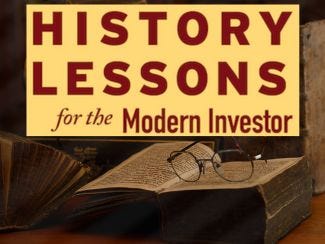On October 1, 1975, The Thrilla in Manila, the third and final boxing match between Muhammad Ali and Joe Frazier, was held in the Philippines.
The fight was regarded as one of the greatest boxing matches in history, known for its intensity, drama, and physical brutality. And the rivalry between Ali and Frazier was legendary. Frazier had handed Ali his first professional defeat in their first fight in 1971 (the "Fight of the Century"), and Ali won the rematch in 1974. The Thrilla in Manila was the rubber match, with the World Heavyweight Championship on the line. It took place in sweltering heat, adding to the physical toll on both fighters. For 14 rounds, they exchanged punishing blows. Ali, known for his speed and finesse, had to adopt a more aggressive strategy to counter Frazier's relentless pressure and powerful punches. Frazier, with his signature style of closing the distance, relentlessly attacked Ali's body and head, absorbing damage but continuing to move forward. By the 14th round, both fighters were exhausted, with Ali even contemplating quitting at one point. However, Frazier’s vision was so impaired from swelling around his eyes that his trainer, Eddie Futch, stopped the fight before the 15th round, declaring Ali the winner by technical knockout. Ali retained his title, but the fight left both men physically and emotionally drained. The Thrilla in Manila remains a defining moment in boxing history, symbolizing the relentless determination and resilience of both fighters.
Here are three lessons that modern investors can learn from the famous Thrilla in Manila:
1. Endurance is a Key to Success
The Thrilla in Manila was a grueling, 14-round contest where both Ali and Frazier pushed their physical and mental limits. Ali later called it the closest thing to dying he had ever experienced in the ring. For investors, that kind of long-term endurance, or something sort of like it… is critical. Markets can be volatile, with sharp rises and falls, but those who focus on their strategies and tactics and pay attention to defense are often rewarded. Just as in boxing, the ability to withstand pressure and remain steady can be the difference between failure and living to fight another day.
2. Adaptability Beats a Single Strategy
During the fight, both Ali and Frazier had to adjust their tactics. Ali, known for his quick footwork, had to shift to a more aggressive strategy when Frazier's relentless pressure pushed him into corners. For investors, rigid adherence to a single investment strategy can be dangerous in a changing market. Being adaptable—adjusting your portfolio based on market conditions, new opportunities, and risks—can help navigate the complexities of investing. Flexibility allows for better handling of market "punches" as they come. Recently T-Bills come to mind here as a great flexible strategy shift that many people didn’t make when the opportunity presented itself. And the downturn in bonds turned out to be a gut punch.
3. Know When to Exit
In the 14th round, Frazier’s trainer stopped the fight, knowing that continuing could have permanent health consequences for Frazier. Sometimes in investing, it's crucial to know when to cut your losses or take profits. Emotional attachment to an investment can lead to poor decisions, much like how fighters can get stuck in a battle they shouldn’t continue. Recognize when an investment is no longer serving your financial goals and be willing to exit gracefully, even if it’s difficult, to protect your financial well-being.
🥊Just like the Thrilla in Manila became a classic for its intensity and tactics, investing requires a balance of endurance, adaptability, and smart decision-making to come out on top. Have a good plan, and execute it when life and the markets increase their intensity and throw body blows and haymakers.
#podcast #investing #investmentdecisions #economicdecisions #boxing #thrillainmanilla





